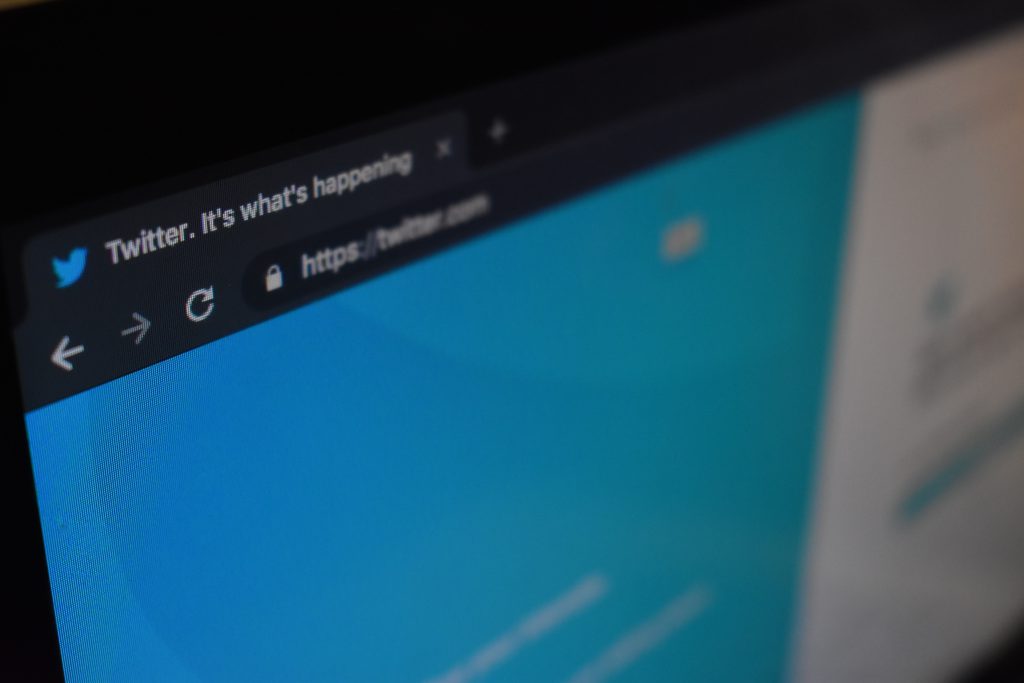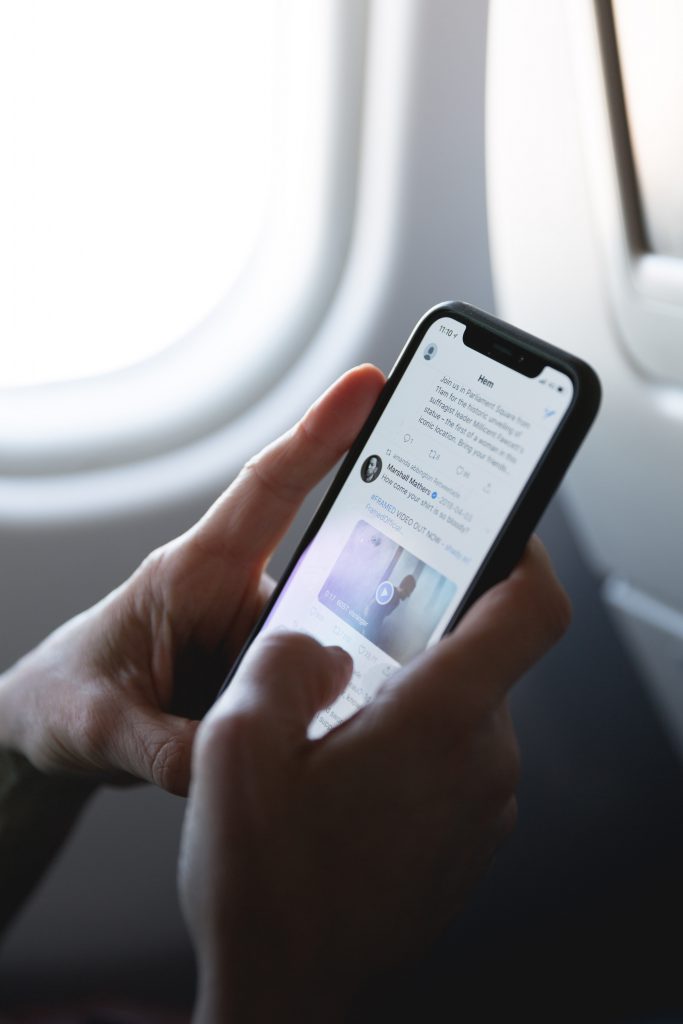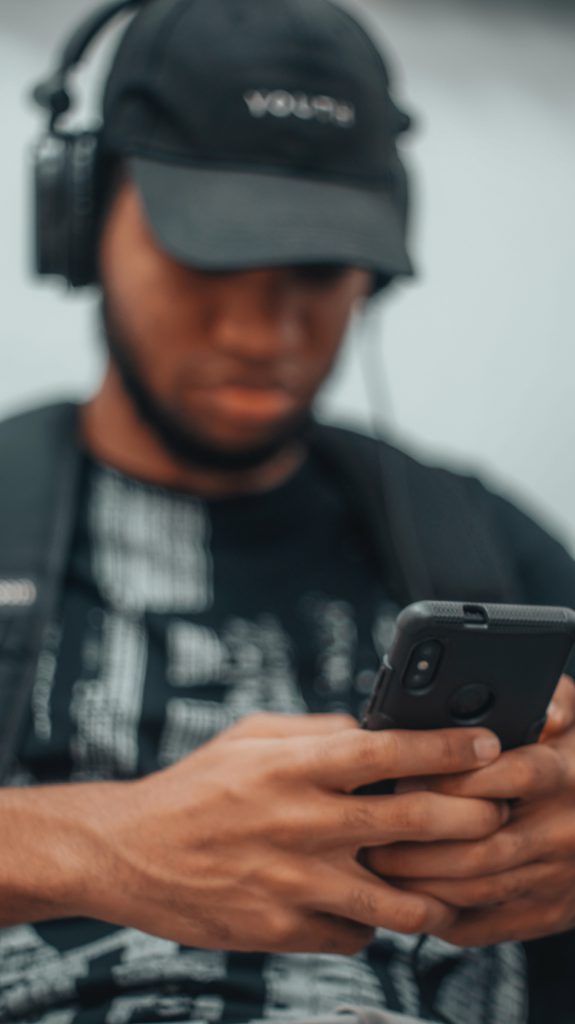The Problem with Autoplay and Posting Triggering Images Online
The blog post includes mentions of police brutality and violence on black people. Please read with caution if any of these items triggers or upsets you.

The world can feel bleak and hopeless at times, and our access to news literally anywhere in the world at any time makes this much more obvious. And while this bleakness and hopelessness can be depressing and very easily overwhelming, it can also make us aware of injustices and give us a place to make a change.
However, the methods in calling attention to these issues and taking action can vary, and the choices that we make online to talk about these issues can have very different effects. Activism is important, and social media can be a great place to address and practice it, but those who are the victims of injustice are also using these same platforms and are directly affected by engaging with and encountering this content.
The recent killing of George Floyd, an unarmed black man by Minneapolis police is not an isolated event. Neither is how it caught the public eye, through a recording of his death. While some non-black people may argue that the graphic imagery is necessary to show the severity of the situation and to get people to care, the truth of the matter is that it’s more likely to do harm than good.

The same can be said for other sorts of situations, such as videos from detainment camps. By sharing and posting videos of graphic, upsetting events, those who see themselves represented in them – like minority adolescents – can have higher levels of PTSD and depressive symptoms. Social media making these images easily accessible through methods like autoplay can make them unavoidable too.
The more frequently that they are exposed to these videos and images (like when they go viral and are everywhere), the frequency of the symptoms can increase and intensify. Although they may not have experienced the same or similar event, minorities seeing people who look like them in graphic and deadly situations can make them feel like it could be them next and reminds them of the collective race trauma that people like them have gone through and constantly experience.
For others, posting triggering content can also make us more desensitized to injustices, especially when these are injustices affecting the same group of people. Instead of the “shock” reaction that people expect others to have to these videos and images, constantly being exposed to them, and especially when it’s to a group that they don’t belong in, can make people accept this as almost normal and just something to be expected at this point.

Unfortunately, there’s no perfect way of avoiding all of this unless everyone on social media doesn’t post this kind of content at all. If you are a member of these communities or do not wish to view these images and videos for any other reason, most social media websites give you the ability to turn off autoplay and/or image previews. Others may censor and put a warning about the kind of content before it’s viewed. This way, anything that may potentially be triggering has to be clicked on, but these methods aren’t always perfect either.
It’s ultimately best to refrain from sharing this kind of content, and instead, try posting articles or content by people from these affected groups instead and how they feel about these situations and how it affects them.
How do you feel about how people post about activism online? Do you encounter triggering or graphic content online, and if so, does it come up unprompted and without you seeking it out? How does that make you feel?




Recent Comments